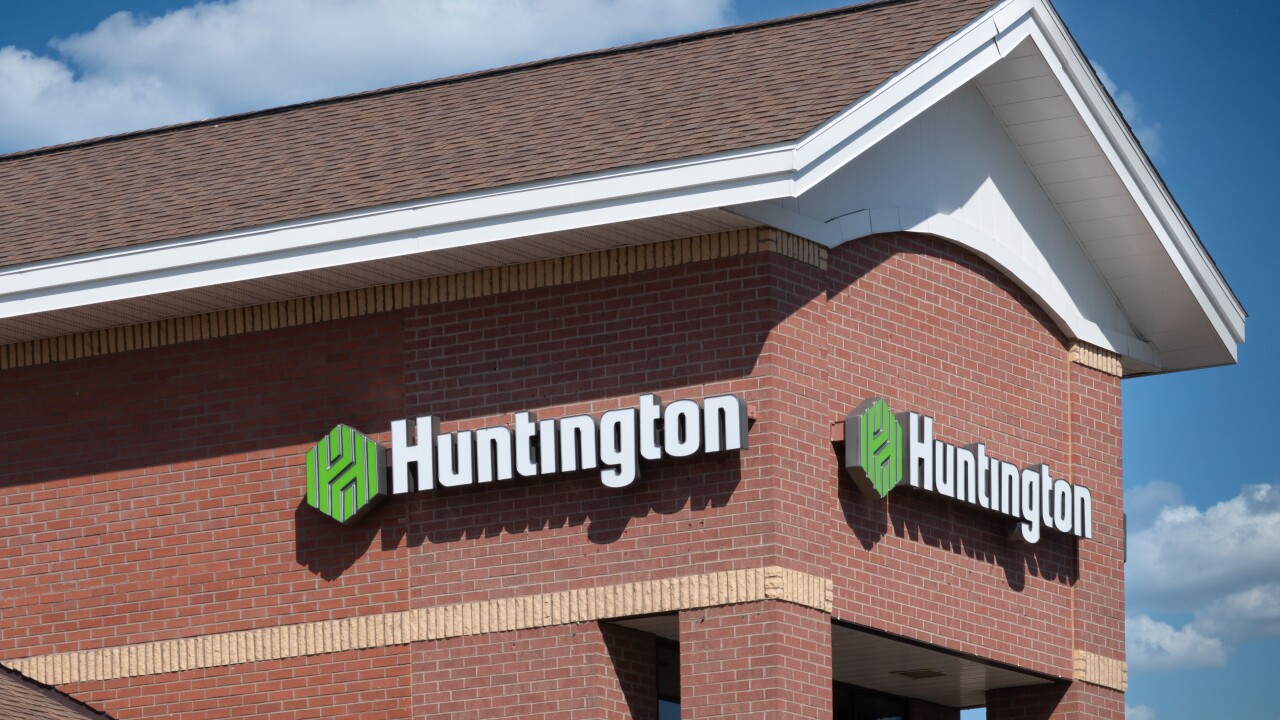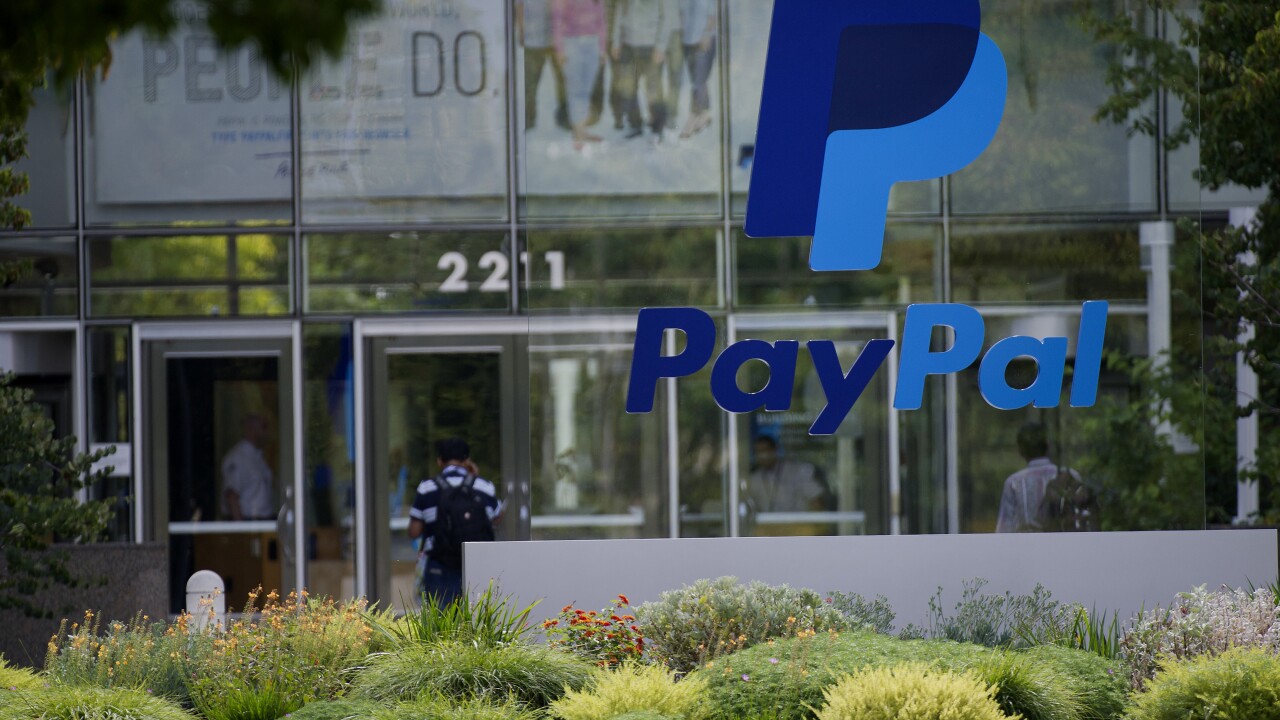Ken Lewis is getting his wish with an approved plan for Bank of America Corp. to repay the $45 billion in funds from the Treasury Department, though the moves will have an impact on company shareholders and employees.
Repaying the funds from the Troubled Asset Relief Program had long been an objective for Lewis, and there had been considerable doubt whether the $2.39 trillion-asset Charlotte company would get the go-ahead from the government before his planned retirement at yearend.
Treasury released a statement late Wednesday, saying it was “pleased that Bank of America is moving ahead with plans to pay the taxpayer back in full.”
B of A said it was not yet buying back the related warrants it issued to Treasury.
Exiting the Tarp program will require several large movements of funds at B of A. The biggest amounts include $26.2 billion in excess liquidity and $18.8 billion in proceeds from selling common equivalent securities. Those securities will be structured to directly or indirectly convert into common stock.
Another $4 billion in capital will be raised by selling undisclosed assets, while an additional $1.7 billion will come from issuing restricted stock to company employees in lieu of cash compensation. (The company has already agreed to sell First Republic Bank and a division of Columbia Asset Management, though it is unclear if those sales count toward the asset shrinkage.)
Bank of America also warned that it would take a $4.1 billion fourth-quarter hit tied to the cost of exiting the program.
B of A’s debts to the government rose over several months, beginning with an initial $15 billion in October 2008 and another $10 billion when it bought Merrill Lynch & Co. on Jan. 1. The final $20 billion came after B of A threatened to walk away from the Merrill deal, instead securing additional funds to proceed. The final helping put B of A in a special class of companies with “exceptional” governmental assistance, which has weighed heavily on the company and Lewis since it was announced in mid-January.
Participation in the program has been costly. This year the company will pay more than $2.5 billion in dividends to the government, plus another $425 million to end an asset guarantee the company never utilized.
Tarp has also loomed large over B of A’s management, with many outsiders believing that external pressure from the government played a role in Lewis’ unexpected retirement announcement in late September as well as the board’s difficulty in finding a replacement. Compensation had been limited, too, with Lewis agreeing to forego a salary and other top executives having theirs limited to $500,000.
Exiting Tarp could remove some of the clouds hanging over the top internal candidates to succeed Lewis. Brian Moynihan, who runs consumer and small business banking, was peppered with Tarp repayment questions during a congressional appearance last month. Greg Curl, B of A’s chief risk officer, is also viewed as a possible CEO and is credited with negotiating the Tarp repayment.





